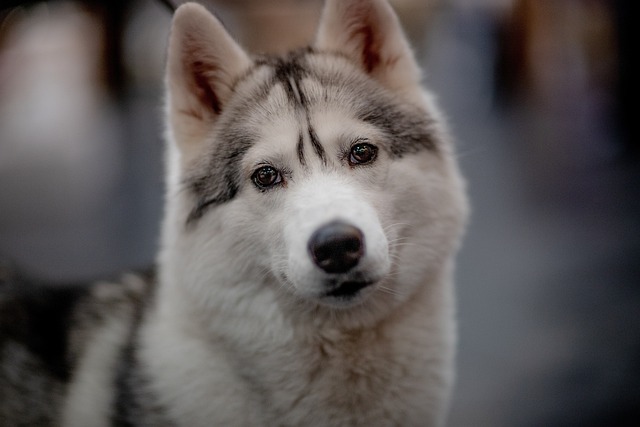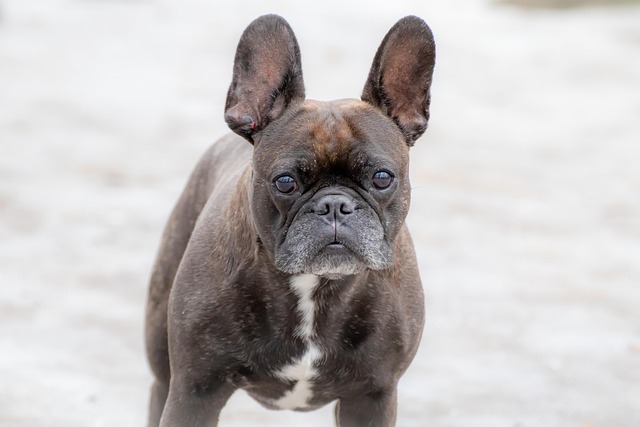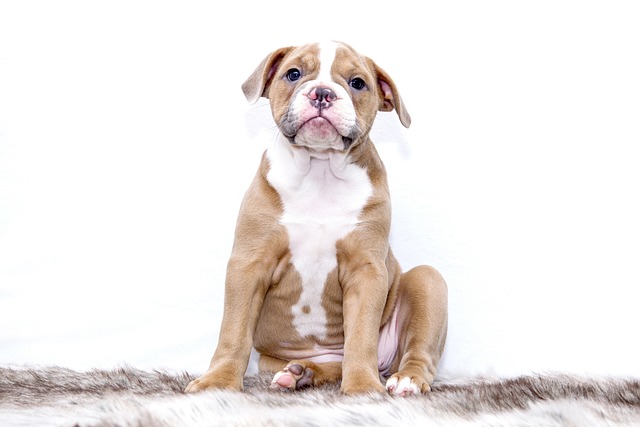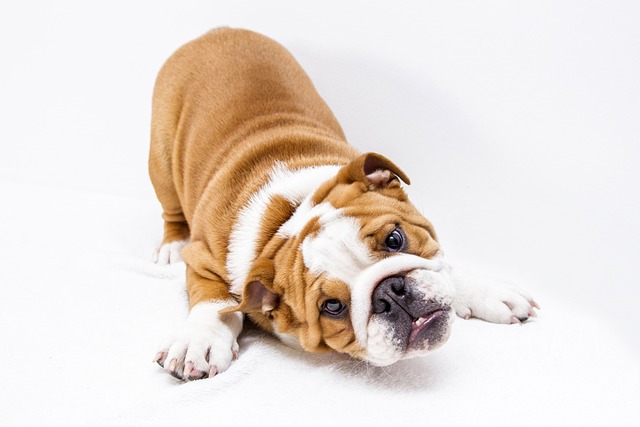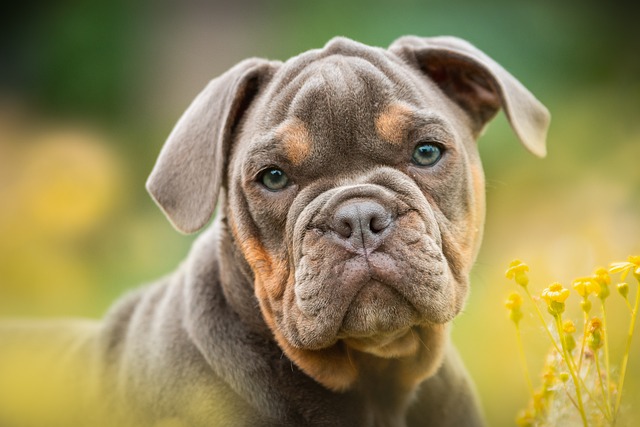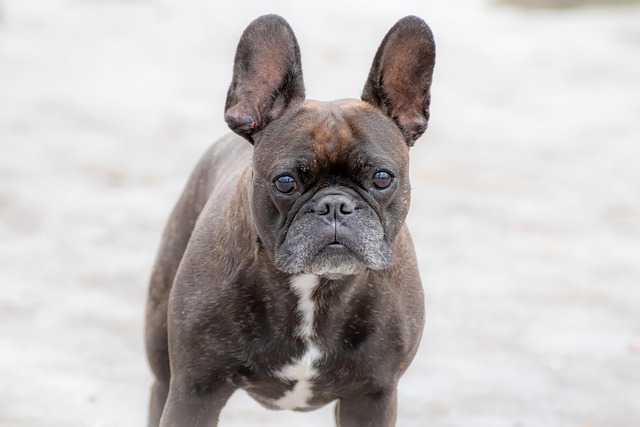If you’ve ever caught your pup squinting at the sun, pawing at their eye after a romp in the grass, or noticed a crusty film in the corner of their lid, you know the worry that follows: Is this the start of an infection? A new dog parent in Oregon texted me last month, fretting over her Cocker Spaniel: “Her eyes get goopy after playing in the park—how do I stop this from getting worse?” Eye infections in dogs are common, but with small, daily habits, most are easy to head off. Let’s break down why they happen, simple steps to keep those eyes bright, and how to turn care into a bonding ritual.
First, why eyes get vulnerable. Breeds with wrinkly faces (like Pugs or Bulldogs) trap moisture and debris in their folds—think of it as a tiny, damp cave where bacteria thrive. Long-haired pups (Yorkies, Collies) often have fur that brushes against their eyes, irritating the surface and inviting dirt. Even short-haired dogs aren’t safe: dust, pollen, or leftover shampoo from baths can irritate the delicate tissue, making it easier for germs to take hold. Humidity (hello, Florida summers) or dry, windy air (Colorado winters) worsens things—moisture feeds bacteria, while wind whips up grit. A 2022 study in Veterinary Ophthalmology found that 65% of infections start with this kind of mild irritation, so nipping it early is key.
Daily cleaning is your first defense. Grab a soft, damp cloth (unscented baby wipes work great) and gently wipe around their eyes once a day. For wrinkly breeds, focus on the folds—dab, don’t rub, to soak up moisture. My neighbor in Texas does this for her French Bulldog every morning: “I keep wipes by the coffee maker, and he sits for a treat afterward. Now he tilts his head like he’s asking for it.”
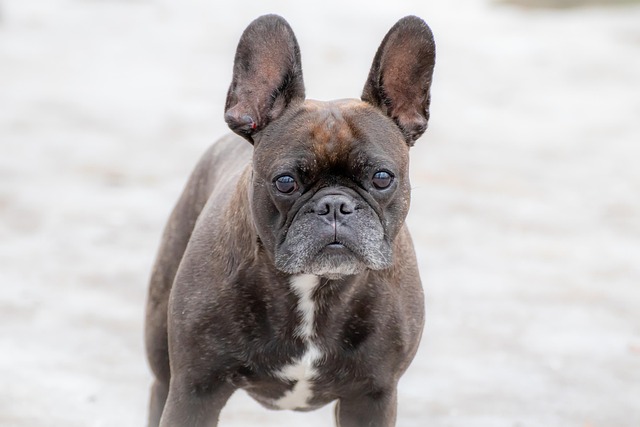
Trimming stray fur helps, too. Long hairs can scratch the cornea or trap gunk. Use round-tipped scissors, and if you’re nervous, ask a groomer for a “eye trim.” A Golden Retriever owner in my local park learned this: “After his groomer trimmed the fur above his eyes, he stopped squinting during walks—no more grass clippings getting stuck!”
Protect their eyes in tricky spots. On windy, dusty days, skip off-leash runs in fields (stick to paved trails) or try doggy goggles (yes, they’re real!) for sensitive pups. After baths, pat the eye area dry with a towel—leftover shampoo stings. And avoid shared water bowls at parks—they’re bacteria hotspots.
Make care a positive game. Dogs hate feeling restrained, so pair cleaning with treats. Start with 10-second touches near their eyes while offering freeze-dried chicken. As they relax, slowly extend the time. A rescue dog I worked with in Portland used to flinch when anyone touched her face—now she leans in, tail wagging, because she knows a snack is coming. Yelling or forcing them only builds fear, and stressed dogs rub their eyes more, worsening irritation.
Tie this to real-world responsibility. Legally, keep rabies vaccines current (required in all U.S. states)—some viral infections (like canine adenovirus) first show up as red, watery eyes, and vaccines block them. In public, clean up after your pup promptly—stagnant waste attracts pests that carry eye irritants. If your dog does get an infection, skip the dog park until the vet says it’s safe—bacteria spread easily through shared toys.
In apartments, small tweaks help. Dust and dander (common in tight spaces) irritate eyes, so vacuum weekly and change air filters. Skip scented candles or air fresheners—fragrances trigger redness in sensitive breeds. And be neighborly: if their eyes look irritated, avoid the community play area until they’re better.
At the end of the day, prevention is about consistency, not perfection. A quick wipe, a careful trim, and a little awareness keep those eyes bright. And when your pup blinks up at you, clear and comfortable? That’s the best reward.
